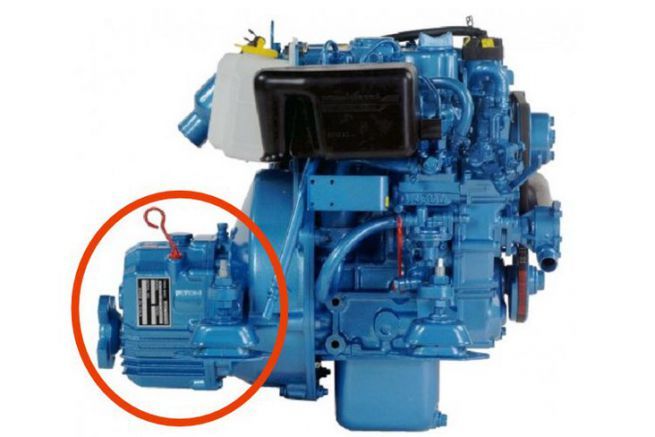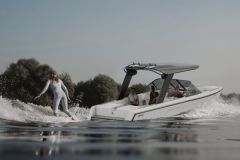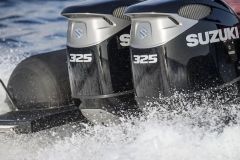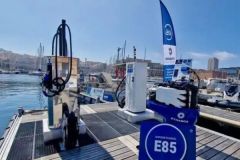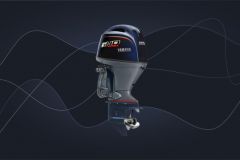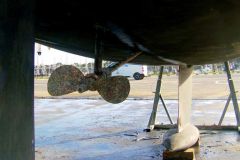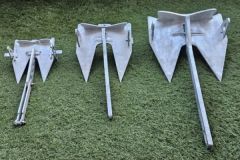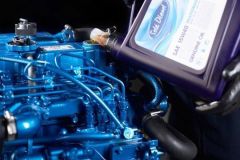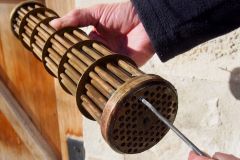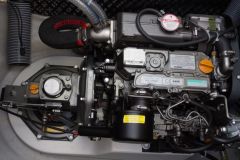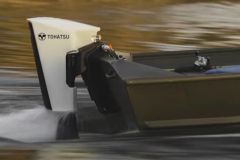Similarities with the automobile
The vast majority of marine engine propulsion systems are composed of 3 main elements:
- The thermal engine
- The reversing gear
- The propeller
This kinematic chain is very similar to the car propulsion: engine, gearbox, differential and wheels. On a boat, we eliminate the differential, a mechanism that allows the wheels to turn at different speeds for turns. The only difference between a car and a boat is that on one side there is a gearbox and on the other side a gearbox, wheel and propeller having the same role.
These two devices (gearbox or reverser) are globally very similar in their mechanical principle since they are composed of gears. Outboard or inboard engines are all concerned by this reverser.
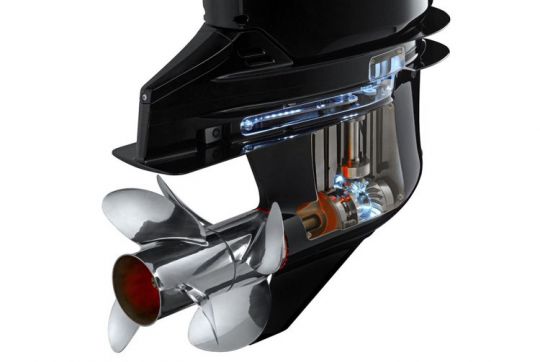
Invert & reduce: a double function
To summarize, a shuttle is a gearbox with a forward and reverse gear and a neutral position, hence the term "shuttle" which allows to change the direction of rotation of the propeller.
Originally rather noisy and often brutal, the democratization of electric and then electronic controls (widely implemented on outboards) has allowed for smooth and comfortable direction changes, a real great progress in terms of use.
The reduction ratio
The big mystery for neophytes is often why the term gearbox is used and what does a reduction of 2 or a ratio of ½ mean? To better understand, we have to start from the propeller which is the main part of the propulsion just like the wheels in a car.
For a pleasure boat, the propeller is defined to have its best performance at the maximum speed and defined power of the engine in a specific operating condition of the boat. Thus the propeller must be able to create a thrust capable of compensating for the resistance to forward motion.
The propeller manufacturer defines this and specifies the maximum rotation speed, e.g. 1800 rpm. Thus, an engine with a maximum speed of 3,600 rpm means that the reduction ratio of the gearbox must be 2 for the propeller to turn at its optimum speed.
Another example: a ratio of 3 to 1, i.e. a reduction of 3 or 1/3, it should be understood that for 3 engine revolutions, the propeller makes one revolution.
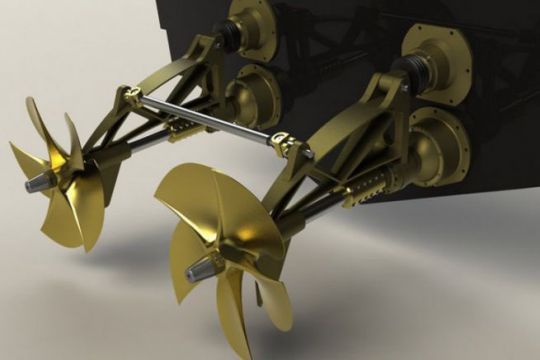
In some marginal cases, in particular for off-shore vessels equipped with surface propellers, the reduction gearbox becomes a multiplier gearbox: the propeller turns faster than the engine.
In conclusion, the gearbox is an essential part of the kinematic chain, just like the engine and the propeller, to optimize the propulsion efficiency.
